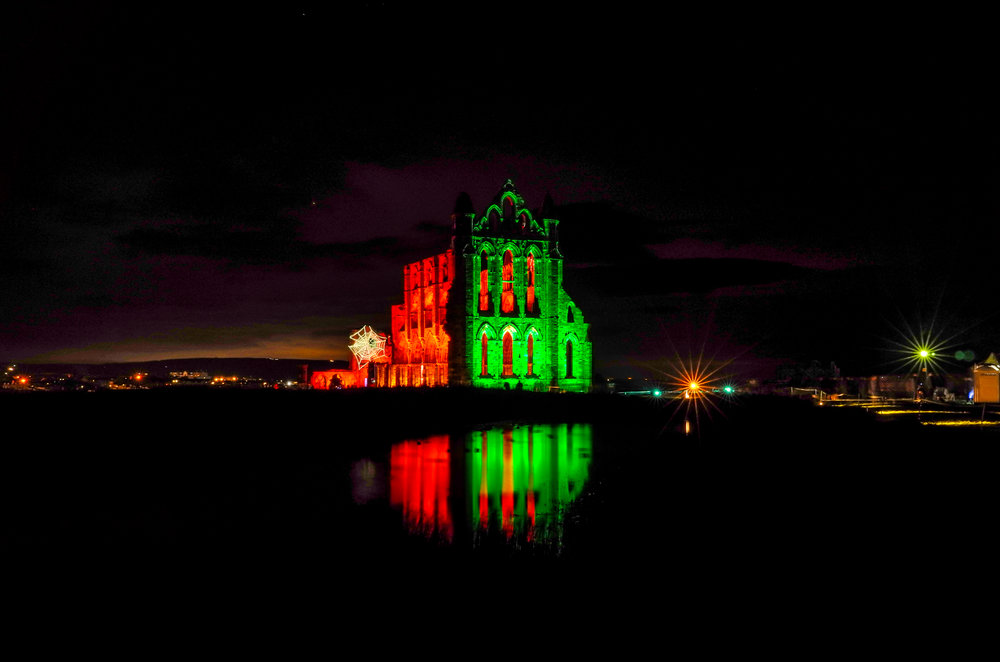
The recent super moon inspired me to get out and try a second night shoot with my Leica X. My drive home from work was beneath a star-filled clear sky; the moon was up and giving a wonderfully enlightening display. Yet I understand those who are thinking, why would you attempt a night shoot with the Leica X? In answer to that, my overall aim was to get a few images where the moon was part of the wider night setting.
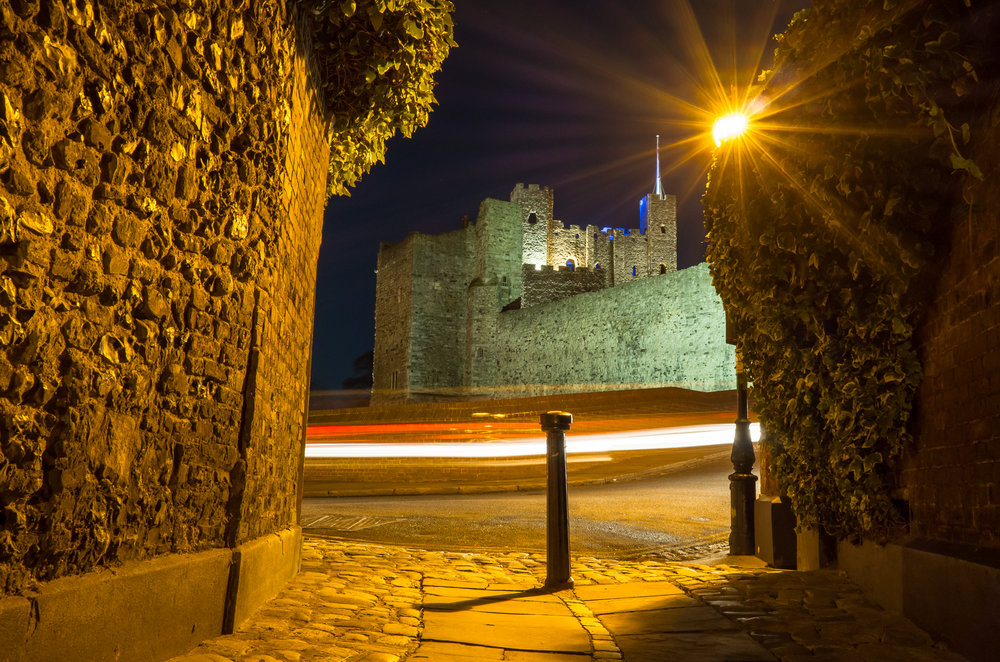
Dickensian
So I took to the Dickensian streets of Rochester, in Kent, to see what I could do with the Leica X. My first night shoot with the camera had been back on a freezing October night at Whitby Abbey, North Yorkshire. I stood out, with my lightweight and short-lensed X on its tripod camped amongst a sea of DSLRs. But the banter and discussion among the photographers was interesting, good humoured and mainly about lens and exposure issues. The clicking of shutters as they took a slew of shots filled the cold night air around me, while I took in total about ten images. Several of the Green/Red Abbey, and a few more of the Yellow/Red version. I was quietly impressed with the output from the camera, and packed up to leave the DSLR campers to continue their evening without me.
For this second night shoot I took my X, minus its leather half-case — which obscures the tripod mounting point. I also took my tripod. It’s a cheap £10 affair bought from Amazon a long time ago, but it is still an outstanding servant for my photographic needs. In reality it is all most of us need for long exposures, either day or night.
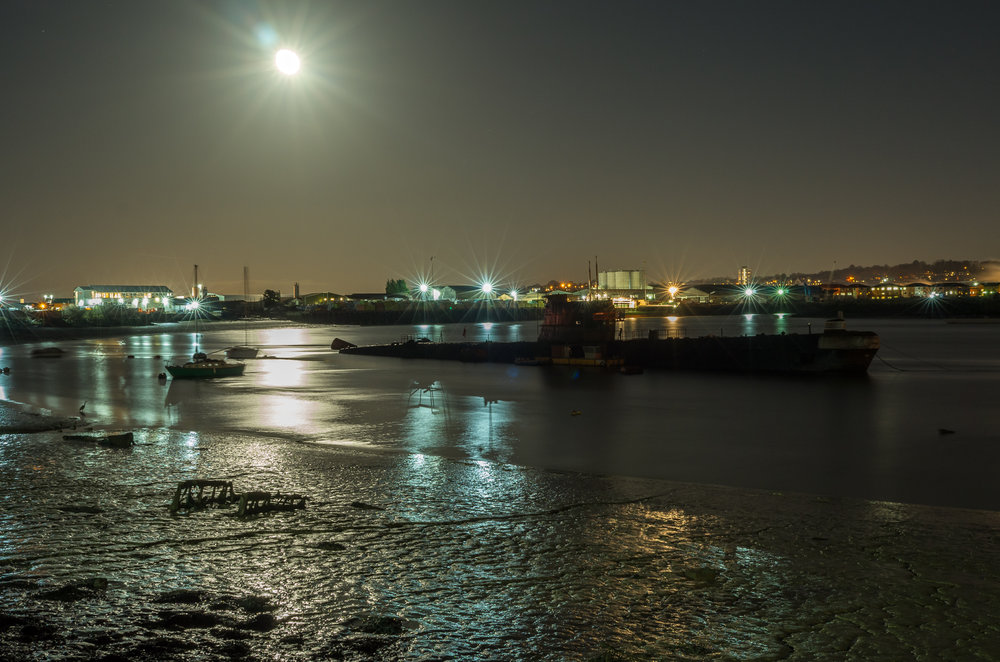
ISO handling
Most of my night shots are taken at ISO 200. This usually provides excellent quality images with any of my cameras, including the X. I’d recommend switching off auto ISO if you normally have that set to on. There is an alternate wisdom for when you photograph the night sky you should boost the ISO to between 1000 and 1600. This goes against what most of us do in normal circumstances, but it does allow you to capture the depth of the sky, stars and galaxies above, and outline those wonderful purple hues.
I always process my night images from the RAW files, this offers much greater latitude to play with. I find that Jpegs are not always spot on, and if they need tweaking there isn’t always sufficient capability in the image without it appearing obvious that you have post processed it.
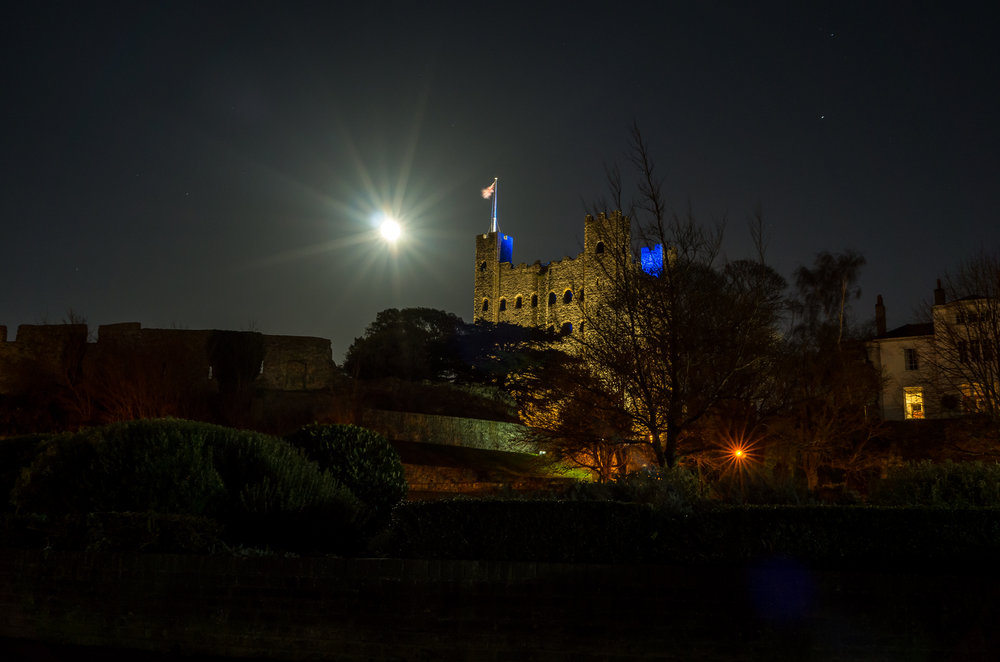
It is also important to pay attention to those little things when doing a night shoot. So prior to leaving home check your battery, and carry a spare, remember that battert capacity can be reduced in the cold, and most night shoots in the UK at this time of year are done in the cold. Also I ensure that I buff the lens prior to leaving home, and then leave it covered. This ensures that there are no specks or grease on the glass that could ruin a shot. The trick after this is not to touch it, and clean again only if it gets wet.
Manual focus
When I use the X, I shoot in manual focus. My rationale for this is that the autofocus hunts in some daytime scenarios (see my year with the X article), and at night in the dark it positively goes on strike. I tested it once in a cold field at Whitby Abbey and quickly decided to use manual focus. In all honesty I use manual focus on most occasions day or night, and with a small amount of practice you will soon be shooting like an M user. I would also add that if you have switched on the image stabilisation options, or have lens stabilisation (depending on camera and lens types) it is best to switch it off. The Leica offering is not an optical system as offered on many other cameras; it is a digital system which does nothing for the image quality. I don’t know anyone who bothers to use this window-dressing of a system.
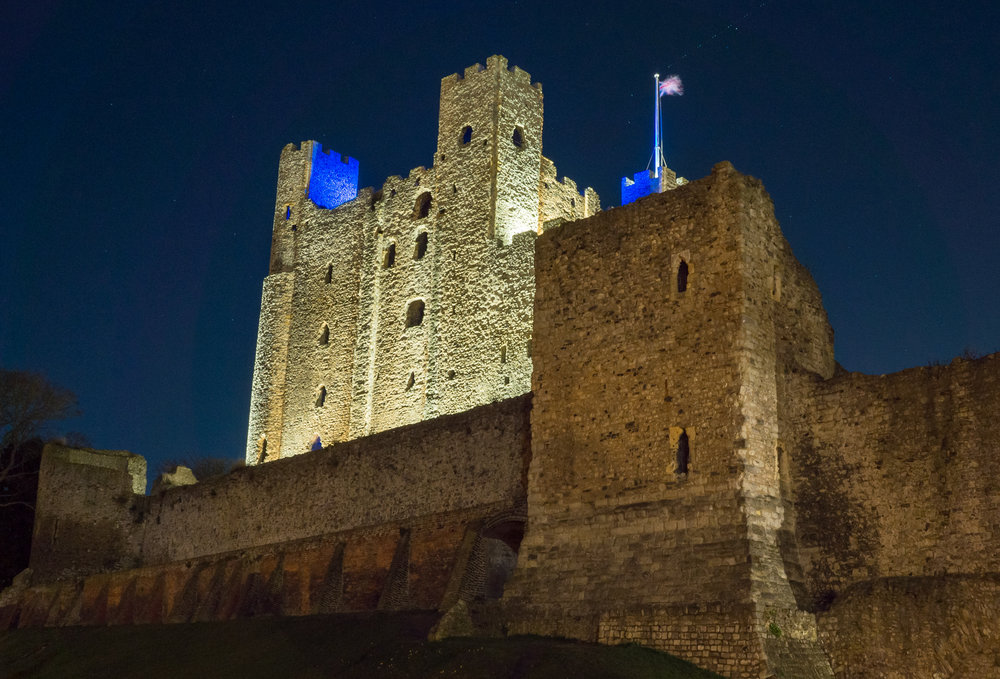
I tend to use very narrow apertures for night images. As someone who is mostly self taught, I research what I can and cannot do with my camera on the internet. I have come to accept that shooting f/11 through to f/22 and beyond at night makes for better images. Yes you need long exposure times, but with your camera on a stable, well founded tripod the exposure time becomes almost irrelevant.
The output form my efforts increased to single images, all of a decent quality. As I mentioned above, there are differences if you shoot the night sky, and in doing this you can use the widest aperture to shoot the sky, with its starry backdrop and constellation-filled vistas.
Tweaking
Once set up I also experiment, tweaking the settings, playing around with exposure time and aperture. After all some of the most amazing shots come from trying new things with your camera. I take my shots in a sequence, starting with the shortest exposure time and gradually increasing to see what happens. However, what is key to me is nailing down the quality of the image. The difficulty with the X is that it shows the Jpeg option on the rear screen, and you have little idea what the RAW image will look like.
The other element that is nice to experiment with, more so in urban night shots, is light trails. The shots I have taken in this set that have them, had to be perfectly timed to capture the passing vehicles at the right moment. For me, they all had to be out of shot at the start, and finish. That ensures you get fairly straight lines that pass through, or around the focus of your shot. See the Capalta tree image to see how that worked for me.
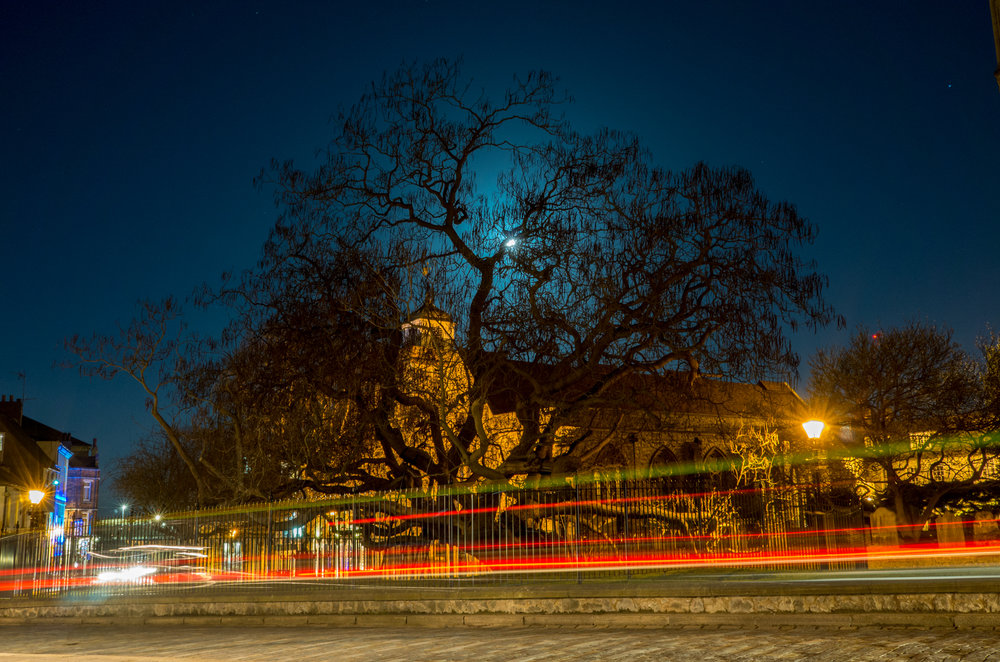
The one other thing I would advise X users to do once their camera is set up, and organised for the shot. Put on a two second timer. I suggest this as I usually release the shutter by wire, or by remote on my DSLRs, and the X has neither option. My theory for this, is that I am not touching the camera at the point the shutter releases.
In conclusion, I would argue the results speak for themselves, the Leica X, mounted on a stable tripod, can produce some excellent night results. That isn’t to say I wouldn’t welcome a bit more dynamic range and it’s one of the features I’ll be looking for if Leica ever get around to producing a 35mm fixed-lens APS-C successor to the X.
________________
- Subscribe to Macfilos for free updates on articles as they are published
- Want to make a comment on this article but having problems?

Nice shots and it truly sends out the ‘You do not need THE latest of everything message’ Thank you, Don
Hi Don,
Yes I agree, proves the old adage that the best camera is the one in your hand. And the other that its the photographer not the camera that is the most important requirement.
Best Wishes.
Dave
You are worthy of the X! Thanks for sharing.
Thank you, I only hope I can wring a bit more out of it in future articles.
Dave
Gorgeous long live the X’s!
Here is hoping that Leica listen to us and produce an updated version. Thank you. Dave
A good camera + A thinking approach = Top shelf after-dark images. Enjoyed seeing it. Thank you Dave.
I am glad you enjoyed reading this, and the images. The camera is pretty decent in a lot of scenario’s, possibly more than most people have tried it with. Dave
Lovely pictures and thanks for the tips: I’m sure I can take many of them on board for my X2.
Thank you for your kind words, John. I would encourage everyone to try this once with the X, at least. And a cheap tripod will more than suffice to have ago.
Dave